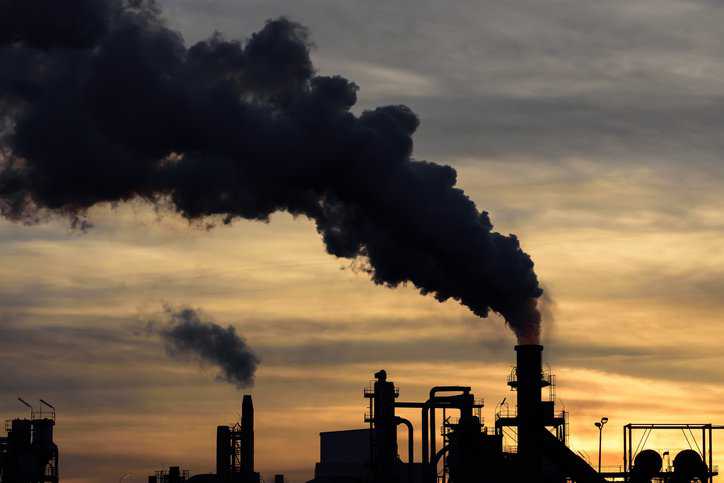What do Wellington, Zurich, Copenhagen, Madrid, and Canberra have in common? They are the 5 most sustainable cities in the world, largely due to their greenhouse gas management. ISO 14080:2018 – Greenhouse Gas Management And Related Activities – Framework And Principles For Methodologies On Climate Actions provides a framework to help the world apply climate actions.
ISO 14080:2018 Standard For Greenhouse Gas Management And Related Activities
ISO 14080:2018 – Greenhouse Gas Management And Related Activities applies to climate actions, like adaptation and mitigation, that address climate change, and it supports policies and measures for sustainable development. While taking into account sustainable development like the 2030 Agenda and the 17 UN Sustainable Development Goals (SDGs), the standard’s objectives are to oversee nationally determined contributions, increase accountability and transparency, set goals for enhancing adaptive capacity and resiliency, and ensure sufficient adaptation. This standard provides a framework for establishing approaches to result in:
- Adopting methodology with the best practices and available technology
- Enhancing the processes for developing methodologies
- Improving the transparency and clarity of climate actions
Who Are the Users of ISO 14080:2018?
The framework in ISO 14080:2018 supports various organizations and can be used worldwide by:
- Government and non-state actors, including local government, industrial associations, technical institutions, and methodology developers and users
- Private and public organizations, environmental NGOs, and other organizations that use climate action methodologies
- Financial institutions that support climate action
Greenhouse Gases: A Double Edged Sword
Greenhouse gases (GHGs) are necessary for life on Earth to exist. If GHGs were not present, the light absorbed by the Earth’s surface and then re-emitted as long-wave radiation (heat) would be lost to space. Further, the Earth’s surface would be frozen without the presence of GHGs, and the average surface temperature would be 0°F (-18 °C). This is a significant temperature drop in comparison to the approximately 15°C average temperature on the Earth with the greenhouse effect.
It is important to note, however, GHGs are warming the biosphere to a temperature that can not be sustained. This is primarily due to people rapidly burning fossil fuels (coal, natural gas, and oil) since the Industrial Revolution. The results of climate change will lead to more frequent and sever weather, higher death rates, dirtier and polluted air, more acidic oceans, higher wildlife extinction rates, and higher sea levels.
Characteristics of Sustainable Development: The Triple Bottom Line (TBL)
Economic, social, and environmental considerations, which are often referred to as the triple bottom line (TBL), are essential when considering sustainable development:
- Economic considerations include the total number jobs created, amount of foreign currency savings, encouraging the use of local labor, developing technical competence for a circular economy, and the amount of a government’s budget.
- Social considerations include the improvement of human rights, access to education, regulation or cultural preservation, encouraging sustainable development within a circular society, bettering health and safety, and reducing climate risks for economic sectors.
- Environmental considerations include improved air and soil quality, using products and services with lower emissions, adopting innovation for resource efficiency, and enhanced biodiversity.
What is a Sustainable City?
A sustainable city, as defined by the UN Sustainable Development Goal 11, is a model of an urban center that considers the impact of the TBL and functions as a resilient habitat for its existing population without compromising the needs and stability of future generations. The design of a sustainable city is such that it focuses on minimizing required inputs of energy, water, and food, reducing waste, and drastically reducing air pollution via greenhouse gas management.
ISO 14080:2018 – Greenhouse Gas Management And Related Activities – Framework And Principles For Methodologies On Climate Actions is available on the ANSI Webstore.
ANAB Greenhouse Gas (GHG) Validation and Verification Accreditation
Organizations that measure their greenhouse gas (GHG) emissions typically seek to demonstrate compliance from validation and verification bodies to show their GHG emissions claims are accurate. The ANSI National Accreditation Board (ANAB) accredits these GHG validation and verification bodies to ISO 14065 to demonstrate the reliability of their claims. ANAB accreditation results in ensuring the accuracy of the organizations’ emissions claims.
You can learn more about ANAB accreditation for GHG validation and verification bodies here or request a quote here.
